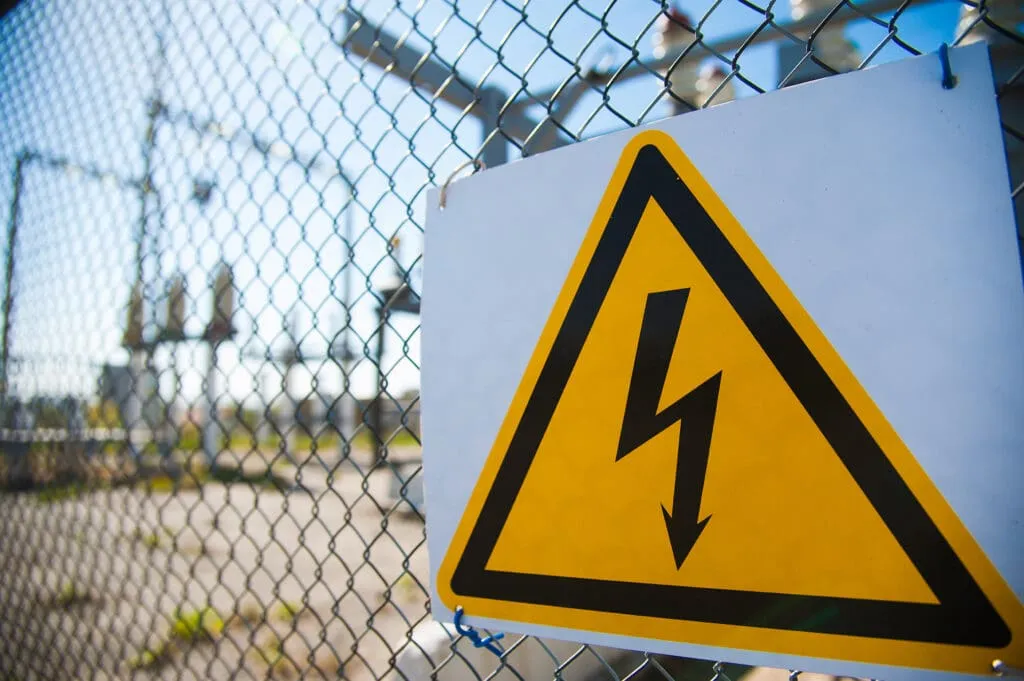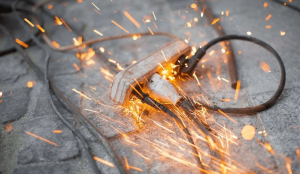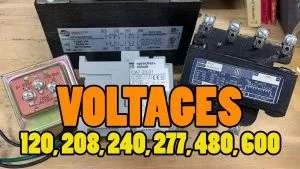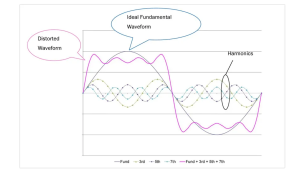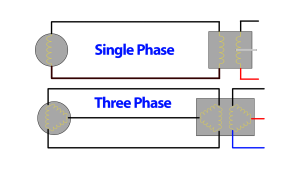In the electrical industry, safety is paramount. However, there’s a dangerous trend of working on live circuits without proper precautions, driven by machismo and misplaced bravado. It’s crucial to understand that 95% of the time, circuits should be de-energized before any work is done. Only in rare, specific circumstances is it justified to work on live circuits. Even then, only with proper training and personal protective equipment (PPE) as outlined in NFPA 70E. The risk of death or serious injury is not worth the $30 you might earn for that hour of working dangerously. As electricians, it’s our job to assess risks, mitigate them, and ensure we all go home safe at the end of the day.
The Importance of Electrical Safety
The hazards of working on live circuits are severe and include electric shock, arc flash, burns, organ failure, neurological damage. All of which can lead to severe injury or death. Statistics reveal alarming rates of injuries and fatalities in our field due to such risky practices. From an economic perspective, the potential loss of life and the associated medical costs far outweigh any immediate financial gain from working on live circuits without de-energizing them first. Prioritizing safety is not just a moral obligation but a practical one. It’s like an engineer designing a bridge by doing calculations in their head and disregarding checking their math because they think their friends will think they were cool doing it in their head. It’s not admirable, you’re not a bigger “man” for working it hot. Stop it.

NFPA 70E and Industry Standards
The “NFPA 70E Standard for Electrical Safety in the Workplace” is an important standard in the electrical industry. It provides guidelines to enhance workplace safety. It outlines safe practices for working on or near electrical equipment, especially energized equipment. Key guidelines include the necessity of de-energizing circuits whenever possible and the strict requirements for PPE when working on live circuits. Understanding and adhering to these standards is essential for every electrician. On top of this there is the NFPA 70B Standard For Electrical Maintenance, and the NFPA 70 National Electrical Code. Which are all designed and mandated to ensure safe work and safe installs. There’s a reason we have to follow codes, and it has to do with minimizing risks.
When to Shut Power Off
De-energizing circuits should be the standard practice. Before beginning work, a thorough risk assessment should be performed to determine if power can be safely shut off. The steps to de-energize circuits safely include locking out and tagging out the electrical sources, verifying the absence of voltage, and ensuring that all potential energy sources are isolated. This method greatly reduces the risk of electric shock and other injuries. In many cases, it’s incredibly easy to just go turn off a breaker. It tends to be laziness or an inflated sense of brevity that causes an electrician to circumvent this step. “I’ve been working hot for 30 years and you’re a big baby if you have to shut power off” is something commonly said in our industry. The real issue is the other people around who mirror this behavior.
The Electrical Safety Foundation did a study and released injury data for electricians from 2011-2020. Their data points to a significant number of injuries and fatalities occurring simply due to inadequate lockout/tagout procedures or failure to verify that circuits are de-energized before beginning work.

Source – https://www.esfi.org/
When Working on Live Circuits is Justified
There are specific situations where working on energized circuits might be necessary. Such as troubleshooting, testing, or maintaining essential services that cannot be interrupted. Often working in facilities where the entire facility cannot be shut down, or where critical circuits need to stay active, means electricians need to gear up and work “hot.” In these cases, proper training and PPE are critical. Electricians must receive specialized training on how to handle live circuits safely and must use PPE designed to protect against electrical hazards. This includes insulated gloves, face shields, arc-rated clothing, and other equipment specified by NFPA 70E for the environment and situation at hand.
Changing the Industry Culture
The attitude of equating bravery with working on live circuits without PPE is harmful and needs to change. Promoting a safety-first attitude within the industry is essential. Experienced electricians and supervisors must model safe behavior and discourage dangerous practices. Working hot is presumed to somehow show “toughness” or “badassery”. But in truth, showing wisdom and responsibility for the lives of their field techs is legitimately admirable and widely respected. Would you rather work for someone who’s willing to risk your life or someone who guarantees your life will never be at risk while under their supervision? Prioritizing safety ensures that everyone can go home to their families at the end of the day. THAT attitude is what we should look up to.

Practical Steps for Electricians
To foster a culture of safety, electricians should follow these practical steps:
- Assess Risks: Before starting any work, perform a thorough risk assessment to determine what electrical hazards exist, and determine if the power can be shut off safely.
- Mitigate Risks: If working on live circuits is unavoidable, use proper PPE and follow safety protocols strictly. For most apprentices, you should not be working on live circuits. It takes training and understanding theory, tools, materials, and hazards; as well as experience working on many types of equipment and systems, to understand how to work on them in an energized state.
- Emergency Procedures: Be familiar with emergency procedures in case something goes wrong. Know how to administer first aid and CPR, and use an ADE if necessary.
Conclusion
Safety must always come first. The next time you consider working on a live circuit, think about the potential consequences. Make sure to weigh the pro’s and con’s. Is finishing the job, or not making your boss mad, worth getting a skin graft from your leg to replace the burned skin on your hands, arms, and face – or worse yet, dying? No job is worth risking your life or well-being. Do you know first aid for electric shock? Commit to working safely and advocate for a culture of safety in your workplace. While you are being trained by other people, remember that you have the final say in what you’re willing to do or not do. Don’t get pulled into unsafe work practices just because it’s what everyone else is doing and you want to fit in. Remember, the ultimate goal is for everyone to go home safely at the end of the day.

